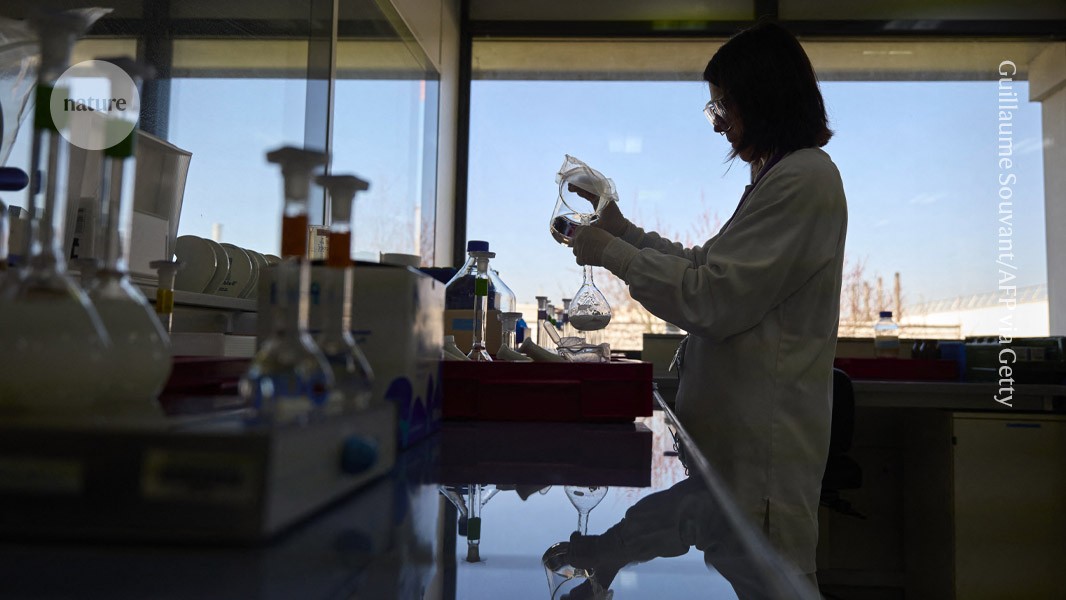
"Success rates for Europe's leading research grants are declining - some to single percentage points - as a surge in applications far outweighs the funds available. Data gathered by Nature show that researchers, especially those at the start of their academic journeys, are facing increasingly fierce competition to pursue research careers (see Funding competition). Last month, the European Commission said that the European Union (EU)'s research and innovation framework programme had received the highest number of funding proposals in its four-decade history this year."
"Applications for the 2025 Marie Skłodowska-Curie Actions (MSCA) Postdoctoral Fellowships exceeded 17,000 - an increase of nearly 65% compared with 2024. The MSCA scheme has a proposed budget of €404.3 million (US$471 million) this year to fund around 1,650 projects, and the success rate (the proportion of awards granted) is expected to drop below 10%, down from nearly 17%last year."
"We're extremely pleased that there is such a high demand for ERC grants. It shows that people have ideas for fundamental science, for frontier science, that there's a need for it, there's a desire for it, says Maria Leptin, president of the ERC. The flip side is we don't have more money. And so, the success rates will go down, and there will be frustration in the community,"
Success rates for major European research grants are declining, with some programs approaching single-digit percentages as applications surge. The EU research and innovation framework programme received its highest number of proposals in four decades. Applications for 2025 MSCA Postdoctoral Fellowships surged to over 17,000, a nearly 65% rise, while the €404.3 million budget will fund about 1,650 projects, dropping expected success rates below 10%. The ERC reported increased proposals for Starting and Advanced Grants, yet funded proportions will fall to roughly 12% and 8% respectively. Demand now significantly outpaces available funding, raising competition and frustration.
Read at Nature
Unable to calculate read time
Collection
[
|
...
]